Stephen W. Bassett.
This Blog is the result of an article in World Archaeology Magazine: Hunters and Gatherers?: re-examining women’s lives in the Ice Age.
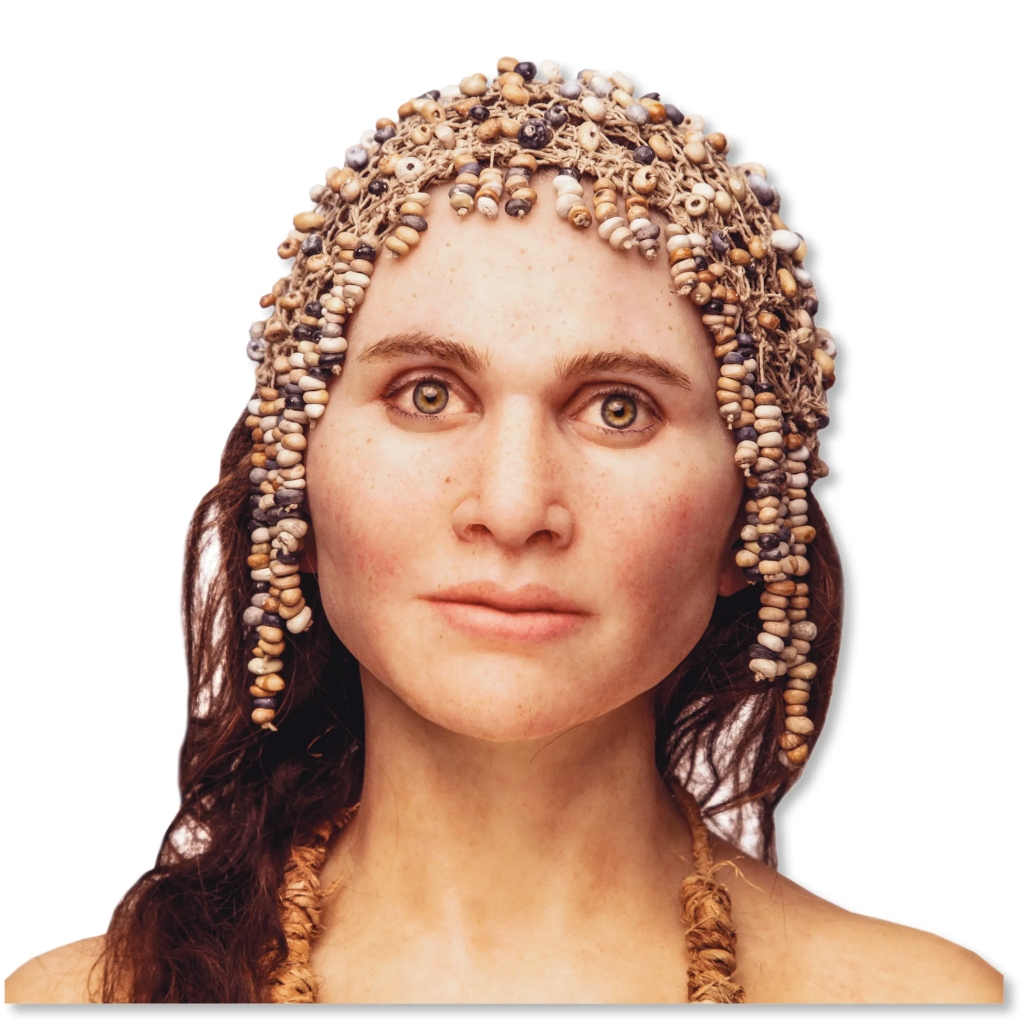
As a child in primary school, I remember being shown a picture of a hairy prehistoric man with a wooden club in one hand and the other, he was pulling a woman by the hair into his cave. The picture has always stuck in my mind, not only for its primitive message, but for how politically incorrect it was. As a child I wondered if it was some strange prehistoric marriage ritual. Thank the gods it wasn’t so.
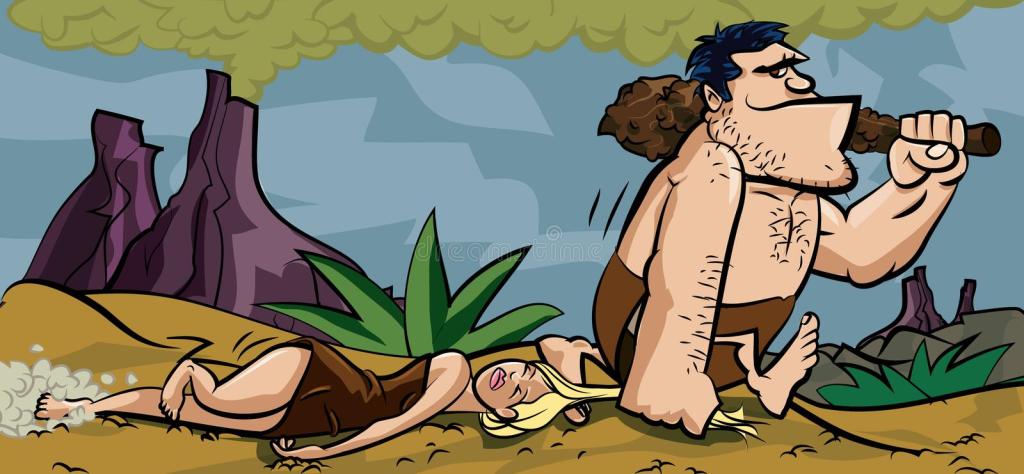
https://www.shutterstock.com/search/caveman-drag-women

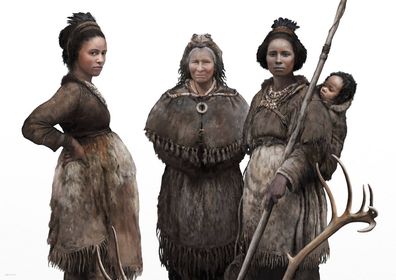
OK, KNOW IT ALL, WHAT DID WOMEN DO IN THE PALEOLITHIC.
Over the years there has been much controversy about the roles of men and women in the Paleolithic. This has raised many questions about what effected women in their every day lives. Elle Clifford and Paul Bahn Explore this question in their book. “Everyday Lives in the Ice age ancestors.
Karen Lupo and Dave Schmitt in an article posted in the Journal of Archaeological method and practice maintain that conganese women in the Upper Paleolithic were the main driving force of net hunting of small prey.
It has never been an easy job studying the roles of women in prehistory, particularly in the Paleolithic, this is because the material traces are partial and very hard to interpret. However. Ulla Moilanen from the University of Turku, Finland, led the reassessment of a proposed “double” burial from early medieval Finland, which contained a 6,000 Year old single skeleton in female dress with swords.
BUT THAT’S NOT A WOMAN IN THE ICE AGE.
Perhaps not, but if women 6,000 years ago were buried with weapons, suggesting that they were warriors, then why not women 12,000 years ago.
In my opinion woman has been depicted as an underling to men. the notion that men were the hunter and woman was the gatherer and child minder and spent much of her time preparing meals over a cooking fire is rubbish, unproved and further more no evidence has been uncovered to even suggest that.
Perhaps there are many who would suggest that females in prehistory placed a minor role in the Paleolithic but I think these days that type of thinking belongs with the way of the dinosaurs. Furthermore, we should stop being taught what to think but, taught how to think. (Oh no did I just make a political statement)
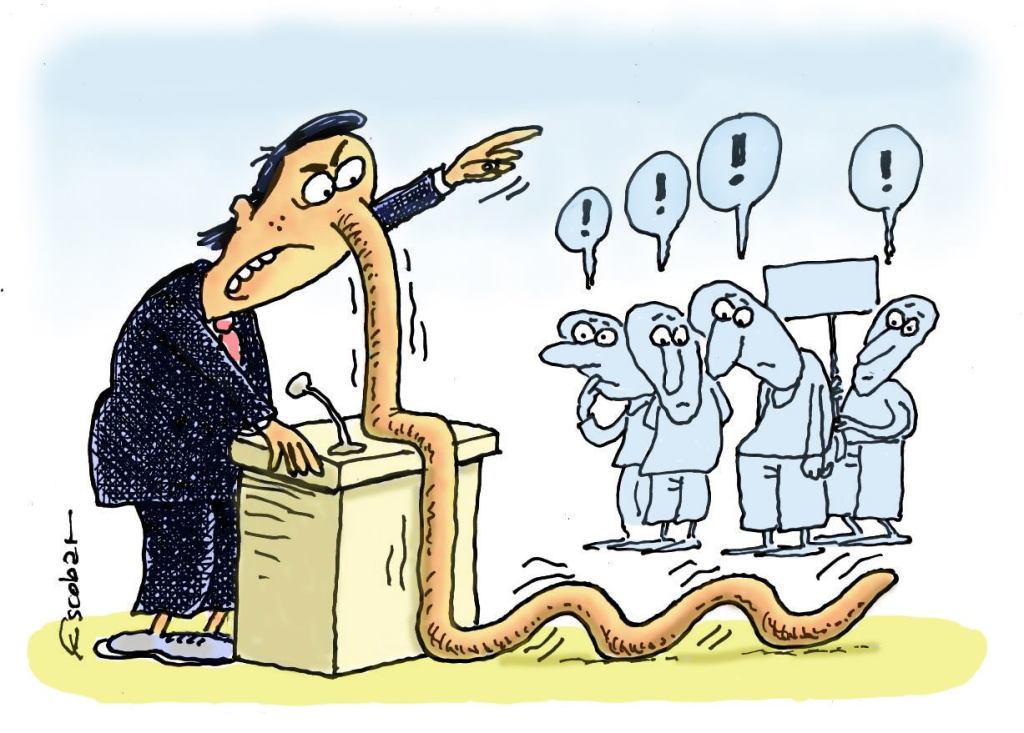
Iran cartoon.com
It has come to light that female humans have been the chief engineer in the unprecedented high level of human sociability, were the inventers of the most useful of tools and ropes (called string revolution) have shared equally in the provision of food for human societies, almost certainly woman drove the human invention of language and were the ones who created agriculture.
RANDALL HAAS – HERO OF ANTHROPOLOGY. (Well, I think he is)
Anthropology professor Randall Haas and a team of experts have published a report that “challenge[s] the man-the-hunter hypothesis” concerning the division of work amongst males and females in ancient times. Published in Science Advances, the study titled “Female hunters of the early Americas” builds upon the discovery of remains and more than 20,000 artefacts in the Andean highlands at a 9,000-year-old burial site called Wilamaya Patjxa.
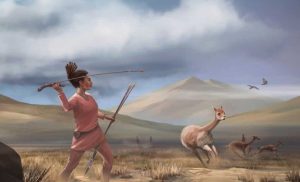
A reconstruction of what hunting may have looked like in the Andes Mountains of South America 9,000 years ago. Based on the toolkit found in the female burial, archaeologists believe the hunter may have worn tailored leather clothing tanned with red ocher. Drawing by MATTHEW VERDOLIVO, UC DAVIS IET ACADEMIC TECHNOLOGY SERVICES
The study points out that in recent hunter-gatherer societies, big-game hunting has been “overwhelmingly male-biased.” But, Haas and his team have shown evidence from Wilamaya Patjxa that this may not have always been the case amongst ancient societies that would have required all-hands-on-deck to procure big-game. In addition to communal hunting, Wilamaya Patjxa findings suggests that child rearing would have been a shared task, freeing up more men, women, and children to partake in hunts.
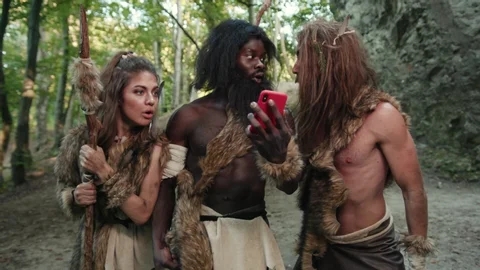
I just had to add this in as it so funny Meanwhile in the Paleolithic (Kevin, Tom and Paula just can’t figure out why the phone or GPS wasn’t working)
The site of Wilamaya Patjxa and at other North American sites, where female individuals are buried alongside weapons, women were also engaged—directly or indirectly—in hunting and in the production and management of the tools needed for butchering and killing.
AH HA SOME POSITIVE PROOF AT LAST.
In 2014 Sébastien Villotte, Christopher J. Knüsel in their studies showed that sexual division of labour can be determined in the Paleolithic. They found evidence of throwers elbo in men which matches numerous ethnographic depictions on cave walls. HOWEVER, in the book and film “Lady Sapiens” a 9,000 year old remains of an 18 year old woman was uncovered in the Andean Highland site of Wilamaya Patjxa Peru. Buried with her, was a Hunter’s tool kit.
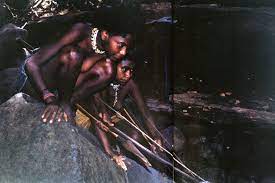
Photo by blendspace:Agta Women of the Phillipines
THE LONG AWAITED MESSAGE TO TAKE HOME
The main message that my Blog conveys is that Women in the Paleolithic and after the ice age played valuable roles alongside men. I believe that they were equal to the men and that both men and women contributed to their people and culture and therefore, women played essential roles in all aspects of prehistoric life, and were just as powerful, independent and versatile as men, while taking on complementary and interchangeable responsibilities within their communities. Regardless of age or fertility, social roles adopted by women included hunters, stone-tool makers, caregivers and leaders.
References
Journals
Bahn, P., Clifford, E 2022 Hunters or gatherers?” Women’s everyday lives in the ice age. World Archaeology 115(10)32-39.
Bahn, P., Clifford, E. 2022. Dianas or drudges? Women’s status in the
Last Ice Age. Salduie, 22: 113-121 https://10.26754/ojs_salduie/sald.2022227354
Bahn,P., Clifford, E. 2022. Everyday life in the Ice age: A new study of our Ancestors Oxford: Archaeopress.
Lupo, Karen D., and Dave N. Schmitt. “Upper Paleolithic Net-Hunting, Small Prey Exploitation, and Women’s Work Effort: A View from the Ethnographic and Ethnoarchaeological Record of the Congo Basin.” Journal of Archaeological Method and Theory 9(2): 1. JSTOR, http://www.jstor.org/stable/20177458. Accessed 5 May 2023
Sébastien Villotte, Christopher J. Knüsel. “I sing of arms and of a man…”: medial epicondylosis and the sexual division of labour in prehistoric Europe. Journal of Archaeological Science, 2014, 43, pp.168-174. ⟨10.1016/j.jas.2013.12.009⟩. ⟨hal-03147057⟩
Books
Adovasio, J.M., O, Soffer., and J. Page 2016. The invisible sex: uncovering the true roles of women in prehistory. New York: Routledge.
Internet resources
The Guardian 2022 Archaeologie’s Sexual Revolution. Retrieved 05 May 2023 from https://www.theguardian.com/science/2022/jan/16/archaeology-sexual-revolution-bones-sex-dna-birka-lovers
Last Ice Age. Salduie, 22: 113-121 https://10.26754/ojs_salduie/sald.2022227354
Leave a comment